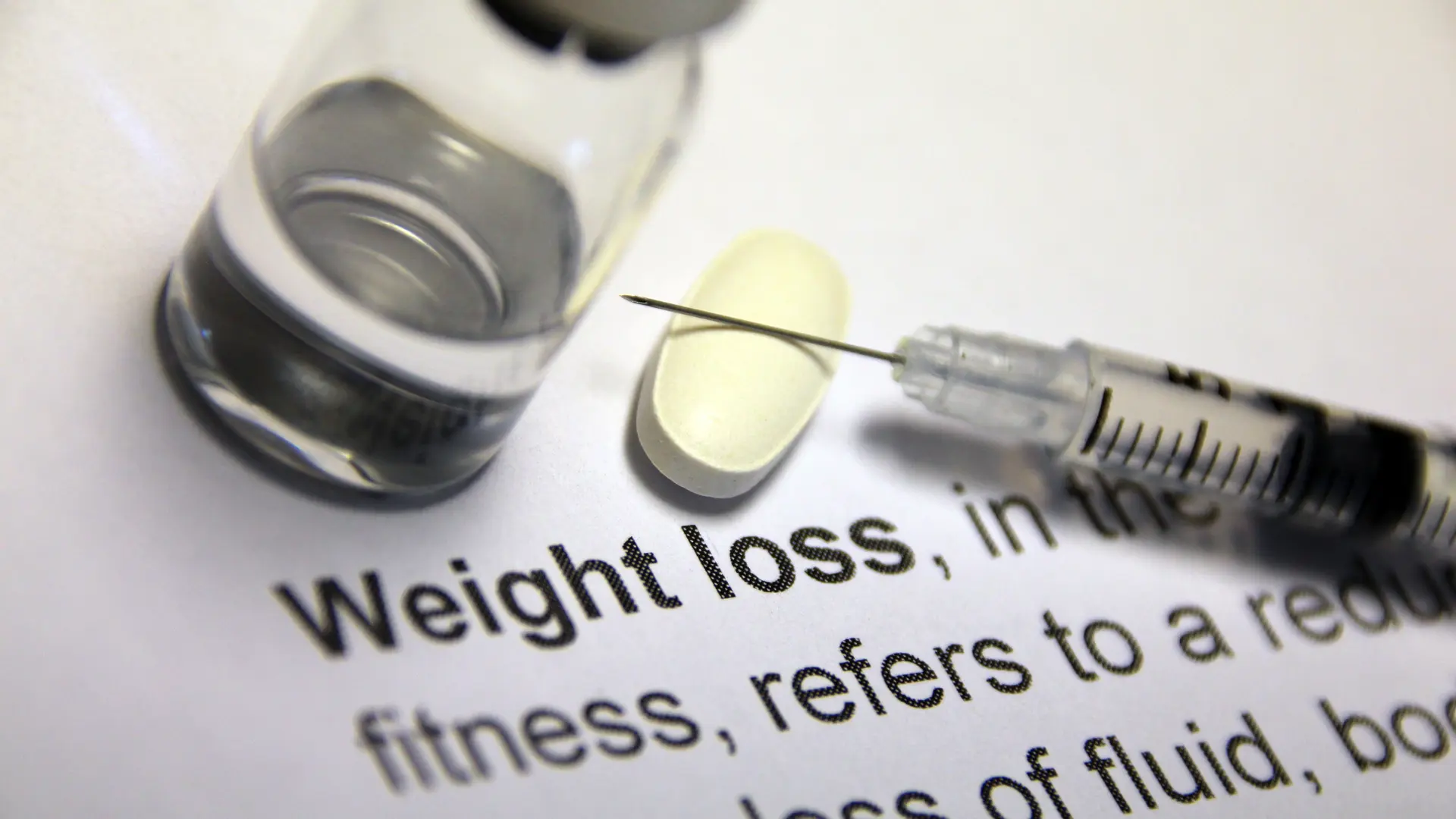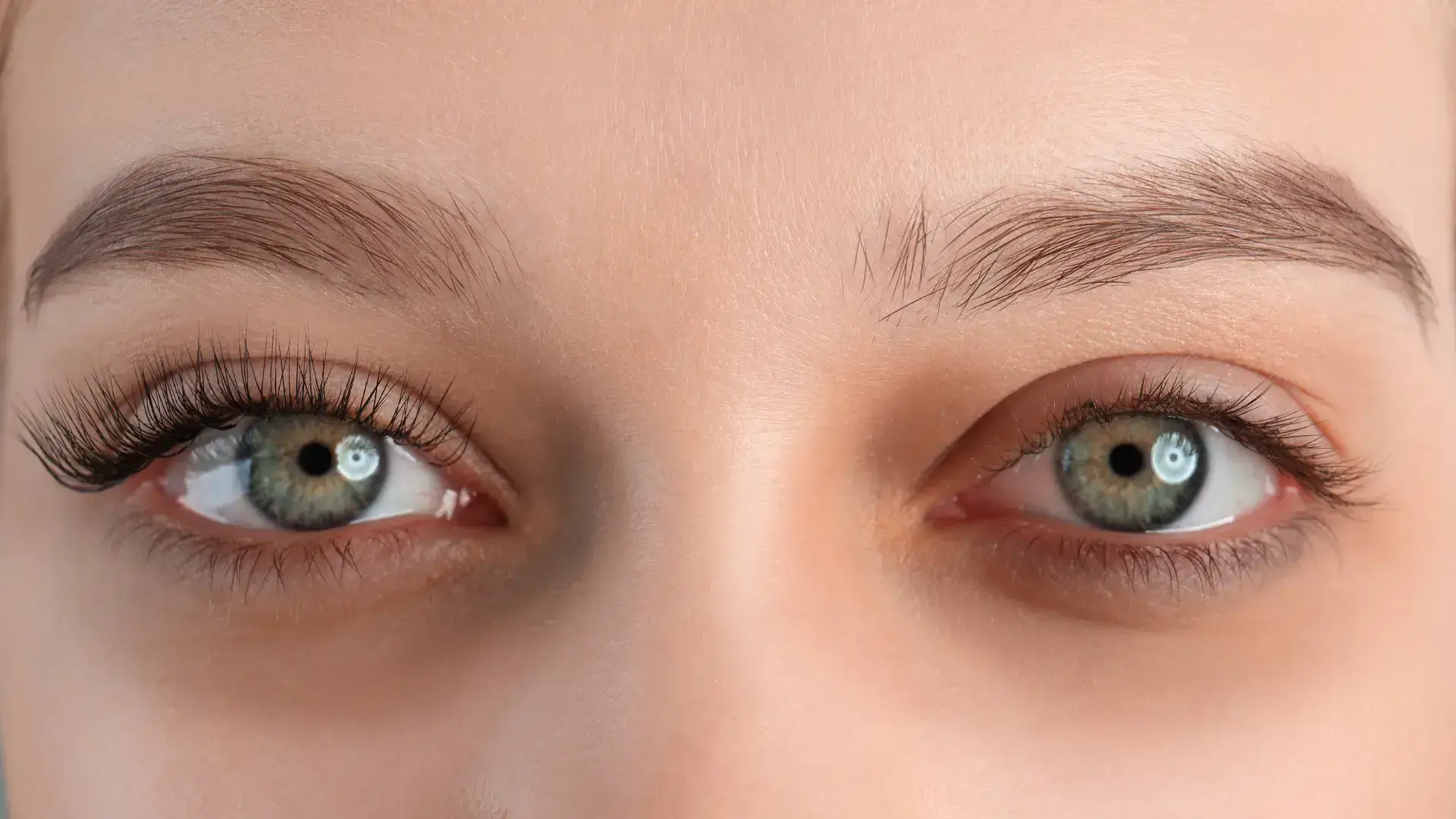According to the American Society of Plastic Surgeons, neuromodulator injection procedures increased by 73% from 2019 to 2022, making them the most conducted minimally invasive treatment in 2022. This statistic emphasizes the growing interest of individuals in addressing their facial aging concerns with this non-surgical option.
Neuromodulator injections involve the intramuscular administration of solution to relax the muscles and avoid contractions. For patients seeking a non-surgical intervention for their frown lines or aging signs, Dysport can help them manage these signs of aging and restore their smoother appearance and youthful look.
This article will explore the Dysport complications, management of the potential risks, and ensuring the patient’s safety in injection treatments.
Key Takeaways
- Understanding Dysport’s common complications and adverse outcomes can help individuals make informed healthcare decisions.
- A comprehensive evaluation should include a discussion of the patient’s overall health, severity of the condition, goals, and expectations.
- In case of severe complications, follow standard emergency protocols and seek medical attention quickly.
- Medical professionals can help patients manage Dysport complications by understanding the nature of these side effects and addressing them correctly.
- Healthcare professionals prioritize patient safety when administering Dysport on the forehead or other facial regions.
- Empowering medical professionals involves providing them with the knowledge and tools to manage adverse outcomes effectively.
About: Medica Depot is your trusted all-in-one supplier, offering a range of high-quality medical injectables and supplies. If you’re looking to buy Dysport online, our dedicated sales agents can give you proper guidance. We offer a worry-free experience in searching for the best and most popular products on the market. Whether for health professionals, plastic surgeons, dermatologists, licensed estheticians, or other specialists, we can offer genuine, brand-name products you may need. With Medica Depot, we prioritize serving you better to improve the patient’s quality of life.
Understanding Dysport Complications

Dysport is a neuromodulator injection that can treat moderate to severe lines and wrinkles caused by aging. It works by blocking the acetylcholine neurotransmitter, preventing it from reaching specific muscles and possibly leading to muscle contraction. Despite its non-surgical nature, Dysport on the forehead, Dysport around the eyes, or other indications, the procedure carries potential risks and complications.
Understanding Dysport’s common complications and adverse outcomes can help individuals make informed healthcare decisions. Medical professionals must discuss these symptoms with patients, allowing them to seek medical attention when any persist.
- Nose and throat irritation
- Headache
- Injection site pain
- Injection site skin reaction
- Upper respiratory tract infection
- Eyelid swelling
- Eyelid drooping
- Sinus inflammation
- Nausea
Moreover, Dysport’s prescribing information also has a few reported adverse events that patients can expect, such as nasopharyngitis, headache, injection site pain, injection site reaction, upper respiratory tract infection, eyelid edema, eyelid ptosis, sinusitis, nausea, and blood present in urine. If these occur, patients must immediately seek medical attention.
Potential complications may be due to the active ingredient in Dysport, the treatment area, condition severity, patient characteristics, or Dysport post-care. Medical professionals must remember the contraindications of Dysport to prevent further patient complications.
- Hypersensitivity to any botulinum toxin product or excipients
- Hypersensitivity to cow’s milk protein
- Infection at the proposed injection site/s
Furthermore, Dysport and breastfeeding women, pregnant women, and children under 18 have insufficient research and studies to prove its safety and efficacy among these populations. These individuals must seek a medical professional before proceeding with the treatment.
Assessing and Addressing Adverse Events
In addressing these adverse events, patients must inform their healthcare providers when they feel any unexpected symptoms. Understanding the nature and severity of these events is crucial for effective management.
Before anything else, providers and patients must understand the importance of thorough pre-treatment assessments. A comprehensive evaluation should include a discussion of the patient’s overall health, severity of the condition, goals, and expectations.
Assessing wrinkles, explaining the injection process, and discussing potential outcomes and risks can help providers align the Dysport injections to the patient’s needs and goals. A tailored treatment plan can ensure that each individual receives a treatment that offers them their expected, realistic outcomes.
Patients should follow standard emergency protocols in case of severe complications and seek medical attention quickly. Medical professionals must inform their patients of the appropriate medications, such as epinephrine and methylprednisolone, for specific symptoms.
Meanwhile, in life-threatening situations, patients must contact emergency services immediately. Individuals with other conditions may be involved in referral pathways to specialized care, ensuring the patient receives the necessary treatment and support.
Strategies for Managing Dysport Complications

Medical professionals can help patients manage Dysport complications by understanding the nature of these side effects and addressing them correctly. Regular follow-up treatments allow providers to assess the patient’s treatment response and progress to the Dysport injections.
A thorough case history and examination can help differentiate between various types and etiologies of ptosis. Meanwhile, if the degree of asymmetry or ptosis requires surgical intervention, overcorrection or under-correction is best treated with surgical revision.
Patient education is crucial, specifically regarding the Dysport post-care treatment. Patients should read the information carefully and discuss any questions with their trusted provider. Additionally, healthcare providers may offer tips to minimize Dysport-related complications and risks.
- Avoid rubbing or massaging the treatment area to prevent the product from spreading.
- Applying a cold compress can help reduce swelling and redness.
- Resting post-injection allows the body to adapt to the medicine.
- Avoid strenuous activities so that Dysport can fully settle into the muscles.
- Refrain from applying makeup or harsh skincare products for several days post-injection.
Ensuring Patient Safety in Dysport Treatments

Healthcare professionals prioritize patient safety when administering Dysport on the forehead or other facial regions. This safety involves comprehensive knowledge about the procedure, risks, and proper Dysport post-care therapy.
Medical professionals know the proper Dysport dosing for the specific injection site and patient condition. With an appropriate administration technique, providers can ensure safe and effective Dysport patient treatment. Moreover, they should equip individuals with the necessary preparedness for any occurrences of side effects or adverse events.
Empowering medical professionals involves providing them with the knowledge and tools to manage adverse outcomes effectively. This includes recognizing the signs and symptoms of allergic reactions, understanding risk factors, and implementing immediate management strategies.
Furthermore, long-term considerations involve patient education, documentation of allergies, and exploring alternative treatment options.
Conclusion
Like other treatments, Dysport can sometimes lead to complications. Patients and medical professionals must understand these complications, their underlying causes, and the expected adverse outcomes. Healthcare providers can effectively manage these risks with proper patient monitoring and communication.
Furthermore, promptly assessing and addressing these adverse events can significantly improve patient outcomes. Ensuring patient safety in Dysport treatments through preparedness and empowering medical professionals is essential in navigating complications when Dysport goes wrong.
FAQs
1. What is Dysport?
Dysport is a prescription medication to treat wrinkles and fine lines by temporarily relaxing the facial muscles.
2. What are the possible complications of Dysport treatment?
Possible complications of Dysport treatment include bruising, swelling, redness, headache, and drooping eyelids. More severe complications, such as facial asymmetry or difficulty swallowing, may occur in rare cases.
3. What should I do if I experience complications after Dysport treatment?
If you experience any complications after Dysport treatment, you should contact your healthcare provider immediately. They can assess your condition and recommend an appropriate course of action, including treatment with medication or referral to a specialist.
References
- American Society of Plastic Surgeons Reveals 2022’s Most Sought-After Procedures. (2023, September 26). American Society of Plastic Surgeons. https://www.plasticsurgery.org/news/press-releases/american-society-of-plastic-surgeons-reveals-2022s-most-sought-after-procedures
- Injectable Aesthetic Treatment FAQs | Dysport®. (n.d.). www.dysportusa.com. Retrieved May 8, 2024, from https://www.dysportusa.com/faqs









